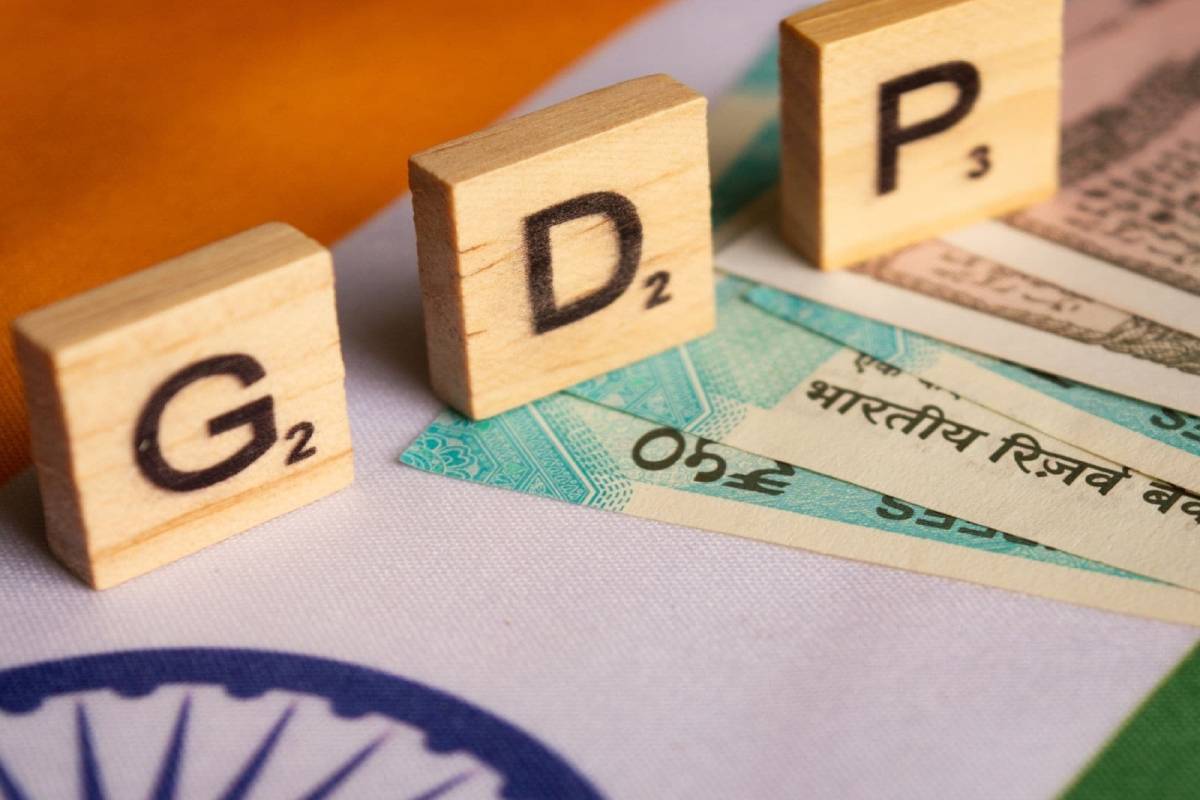India’s recent economic trajectory has been a roller coaster of highs and lows, marked by ambitious reforms and unexpected challenges. As the nation approaches arguably the most significant election in its history, the spotlight is on the economic track record of the regime, and the narrative is more nuanced than a simple success or failure. The economic landscape painted by growth figures reveals a resilient India, outpacing many emerging economies with a 7.6 per cent growth rate in the 12 months to the third quarter of 2023. This comes amid a global slowdown, showcasing India as a beacon of hope for investors. However, beneath these impressive numbers lies the complexity of the current leadership’s decade in power. The commitment to formalising the economy and improving ease of doing business has seen both triumphs and setbacks.
Demonetisation, a controversial move in 2016, aimed to eradicate black money but left the informal economy crushed. Critics deem it a disaster, but proponents argue it accelerated India’s digitisation. The subsequent creation of digital infrastructure, including a universal identity scheme and a national payments system, has transformed how transactions occur, even though the means were divisive. The Goods and Services Tax (GST), another significant reform in 2017, sought to unify state levies, creating a more seamless and homogenous tax system. While some hail it as a game-changer, others point to its cost, with tariffs increasing and potentially impacting the cost of foreign inputs. The true impact of these reforms is still unfolding, but they undeniably contribute to India’s evolving economic landscape. Success in ameliorating poverty is evident, with welfare payments reaching 3 per cent of GDP annually. Digitisation has played a crucial role in this, streamlining the distribution of funds to the poor and reducing corruption. The poverty rate has seen a significant drop from 19 per cent in 2015 to 12 per cent in 2021, showcasing tangible improvements in the lives of the most vulnerable. However, the challenge lies in the third objective ~ industrialising the economy. While substantial incentives have been offered to companies, the results have been modest. Manufacturing’s share of the economy has fallen from 18 per cent to 16 per cent, and the value of manufactured exports remains stagnant. Critics argue that industrial policies are costly.
Advertisement
Private-sector investment has been sluggish during its tenure, but there are signs of a potential turnaround, with announcements of new investment projects in 2023. The private-investment cycle may be on the verge of a transformation, signalling optimism for the future. Assessing the economic performance of the government requires a nuanced perspective. While growth figures and certain reforms showcase progress, challenges persist, especially in the manufacturing sector. As voters prepare to cast their ballots, the economic changes wrought by the current leadership are a source of cautious optimism, acknowledging both successes and areas that demand further attention in India’s journey toward economic prosperity.
